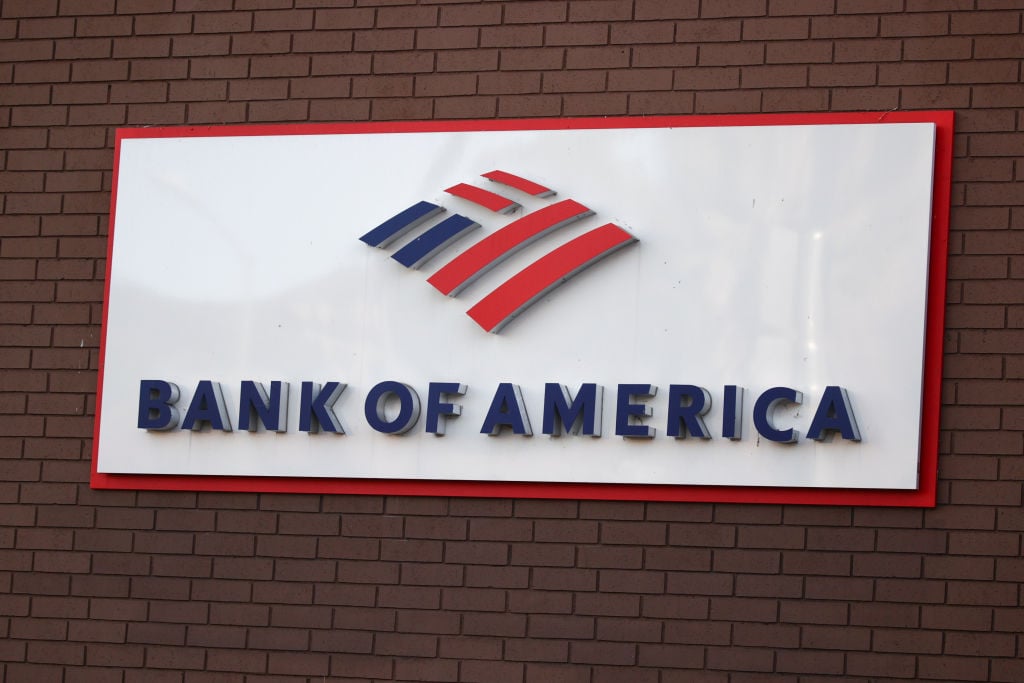I hate to be the rain on Wall Street's parade this past Monday, but I'd say the market is getting a little ahead of itself in the celebration department. I agree that equities have been severely oversold and a wealth of value-oriented plays have been presented in the past few weeks of trading. However, I think investors are forgetting about a major piece of this housing crisis puzzle that could prolong the recovery of our economy.
Just when you thought things couldn't get worse...
After watching a 158-year-old bank go under, the government bailout of the likes of American International Group (NYSE:AIG), Fannie Mae, and Freddie Mac (NYSE:FRE), and a $700 billion plan implemented to help save the financial markets, it seems hard to fathom we could be on the cusp of further bad news. Unfortunately, I've got some more bad news.
It seems that the majority of investors, economists, and governmental leaders are overlooking a very important right hand side of this mortgage rate reset graph. The subprime loan reset period (represented by the green bars) may be nearing the end, but the lightly-shaded yellow bars represent $500 billion worth of option-ARM loans expected to reset from mid 2009 through 2012.
In other words, the subprime mess was the earthquake and the next wave of option-ARM resets will be the aftershock no one saw coming.
So what's an option-ARM?
Everyone was entitled a home during the housing boom, right? No one could be turned away if they wanted to become a "homeowner." Alas, shady lending practices of our savvy mortgage brokers didn't stop at subprime lending. Borrowers who wanted to purchase a home but couldn't even afford the already low teaser rates of conventional ARM loans needed a way to finance their dream piece of real estate. The option-ARM fulfilled that need perfectly. It offered borrowers the chance to pay a minimum payment on the balance, which in many cases didn't add up to the full amount of the interest owed, let alone any portion of the mortgage balance.
When borrowers pay the minimum payment on their mortgage balance, the difference between the minimum payment and the full obligation is tacked on to the total mortgage balance. And while option-ARM loans aren't actually set to reset for five years following the origination of the loan, the structure of the loan only allows borrowers to drown in a specified amount of negative equity – to the tune of 110% to 125% of the original balance – until a surprise reset rate is triggered. To make a long story short, option-ARM borrowers will face significantly higher monthly payment increases in comparison to their conventional counterparts because the mortgage balance is now greater than the initial loan.
Similar, yet so very different
Lower interest rates may have helped ease the pain inflicted on subprime borrowers with their adjusted reset rates, but option-ARM borrowers are in for a much bigger surprise because their mortgage rates don't just reset, they recast. This means that borrowers will have to start making full payments on the loan according to a 30-year-amortized schedule. In effect, Fitch Ratings expects the average monthly payment to jump 63%. Given that many borrowers are already defaulting on marginal increases in the minimum payments due, it seems likely the recasting will be catastrophic to most of these borrowers.
Of course, borrowers simply had the option to pay this minimum payment, along with three other possible payment options, two of which followed traditional 15 and 30 year amortization schedules. But like the tempting minimum payment option that flashes before you on your MasterCard (NYSE:MA) and Visa (NYSE:V) statement, borrowers were starstruck by the glamorous homes they could purchase well beyond their means under the teaser rates. Thus, it's pretty easy to assume the majority of home buyers weren't able to afford much more than the minimum payment option.
My thoughts may be based on speculation, but I recently ran across some stats that back up my conclusion. Credit Suisse recently suggested that roughly 13% of option-ARMs that were issued in 2006 were at least 60 days delinquent by the time they were 18 months old. According to Countrywide – not surprisingly a major player in this game – 72% of borrowers were making less than full interest payments and 83% received loans with little or no documentation. And 45% of Wachovia's (NYSE:WB) lending portfolio, worth $122 billion, consists of option-ARM loans, in which the average California borrower (where 60% of these loans were written) owes 109% of the value of the home.
To which I say: good luck, Bank of America (NYSE:BAC) and Wells Fargo (NYSE:WFC) shareholders.
Don't say we didn't warn you
According to Huxley Somerville, a director at Fitch Ratings, $29 billion of these loans will reset by the end of 2009 and another $67 billion in 2010. The drastic increases anticipated on each loan are expected to cause delinquencies to more than double.
Greenspan is bluffing when he suggests that the housing market crisis will bottom in early 2009 because the consequences we will face from these lending practices are inevitable. It may seem inane to introduce anymore fear into our already disturbed market, but the option-ARM loan market can only fly under the radar for so long.
For more on this turbulent economy:








